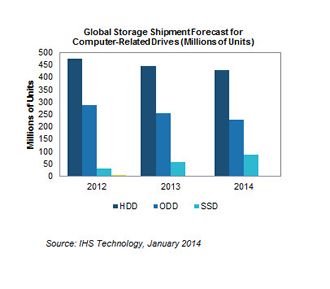 Flash storage company Sandisk said today it has introduced an enterprise reseller partner programme for its worldwide partners.
Flash storage company Sandisk said today it has introduced an enterprise reseller partner programme for its worldwide partners.
Sandisk said it will add support, resources and rewards to existing VARs who qualify to resell its enterprise products.
The reason for the expansion is that flash tech delivers better performance and efficiences for data centres.
The enterprise programme is for Sandisk Commercial business channel partners that re-sell Sandisk hardware and software data centre products, including CloudSpeed SATA drives, caching software, and Optimus SAS solid state drives.
Some of the benefits of joining up include education and training, certification, a web based partner portal, and incentive programmes. There will also be a volume incentive rebate for particular resellers.









